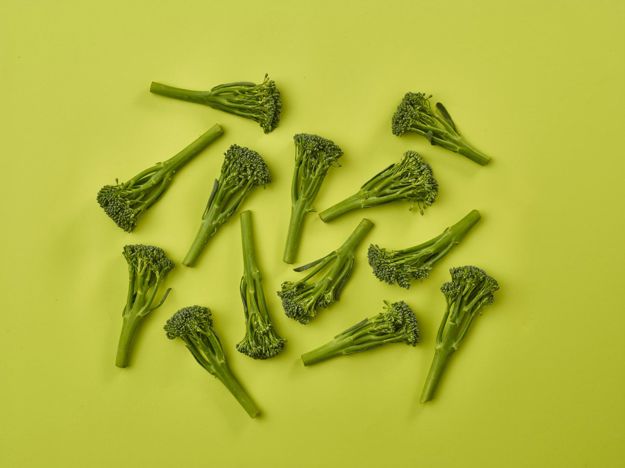Our Range
Our Suppliers
Business Support
About us
Our Range
Main Menu
Our Suppliers
Main Menu
Business Support
Main Menu
Work With Us
Wednesday 15th July - Wednesday 23rd July 2025
Get the insights you need to plan more effectively and manage your menus with our latest report from the field, brought to you by our expert produce team.
Weather update

The heat is causing problems for prepped veg, with several products affected.
With cauliflower, there has been some progressive bruising, which is challenging because it can only be seen over time, often after it has left the depot.
Cabbage is currently greener than normal, but this is not unusual for early season produce.
However, there is better news for carrots, which are improving with the new season crop, albeit moisture is still a challenge.
Temperature remains key over the coming weeks.
Sweet Potato

As we have been reporting, July is proving to be a very challenging period at the end of a difficult season, which has seen poor yields and lower quality.
Concessions remain in place to help availability including for size and for darkened dry ends.
We are currently expecting the first deliveries of Argentinian produce in the next week, which should help the situation. However, it is likely to continue to remain difficult until the new Egyptian season starts in August.
Tenderstem ® Broccoli

The hot weather is continuing to impact growers, with lower yields, early flowering and yellowing.
Environmental agencies have added additional rivers to the list that water cannot be pumped from, which is likely to lead to problems over the next month or so, due to the lack of water.
We are importing additional volumes to supplement British supply and maximise the amount of product available, but it is currently a very challenging market as these industry-wide issues impact supply.
Fine beans are British and have excellent availability, and may be a good alternative option until the market improves.
Broccoli

The heat is causing some problems for the crop, with pheasant eye (a discolouration of the buds caused by uneven development) and hollow stems, neither of which should affect the eating quality of the product.
Butternut squash

New season Spanish supply has been delayed until this week. However, we have worked with suppliers and sourced additional produce from other origins to cover until new stock arrives on Wednesday. Once we receive this, the situation should ease.
Spring Greens

There are some heat-related problems with spring greens, which is resulting in smaller produce that has some hearting at the core.
Raspberries

The hot weather is causing some challenges for raspberry growers as volumes have slowed in line with rising temperatures.
With warmer temperatures expected for much of this week, there is the possibility for further problems.
While the goal is to maintain fully British supply, we may need to support availability with a small amount of imported product during this difficult period. However, this should be a short-term measure, if it is needed at all.
Red and White Cabbage

White cabbage availability continues to improve as we get further into the new season. There are still some challenges, which are being caused by heat retention due to the high temperatures while being harvested.
The quality of stored red cabbage is lower than expected, and we are working with suppliers to minimise the impact on customers.
Strawberries

While there are still market challenges, the situation is improving as we get closer to the main summer season. We expect better availability in around a week’s time and, until then, a sizing concession remains in place to help support availability.